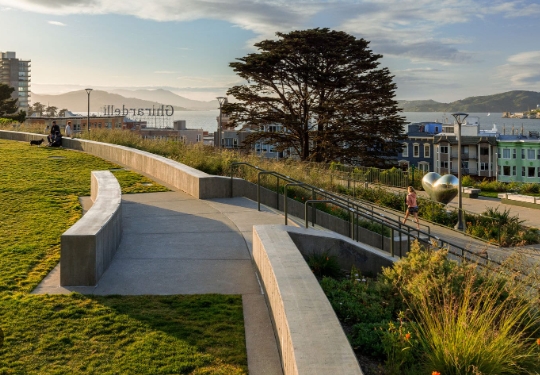From rolling meadows to intricate garden designs, park landscape architecture is a form of art that combines the beauty of nature with human innovation. Let’s take a closer look at the elements that make up this unique field of design.
Natural Elements
Park landscape architecture often incorporates natural elements such as trees, flowers, and bodies of water. These elements are carefully selected and arranged to create a visually appealing and harmonious space for visitors to enjoy.
Man-Made Structures
In addition to natural elements, park landscape architecture also includes man-made structures such as paths, bridges, and gazebos. These structures are designed to enhance the overall experience of the park and provide functional elements for visitors to use.
Sustainability
Many park landscape architects prioritize sustainability in their designs, incorporating green building practices and eco-friendly materials. This ensures that the park not only looks beautiful but also has a minimal impact on the environment.
Cultural Considerations
Park landscape architecture also takes into account the cultural context of the park’s location. Designers may incorporate elements such as art installations, historical references, and native plants to celebrate the heritage of the area.
Accessibility
Another important aspect of park landscape architecture is accessibility. Designers work to create spaces that are easily navigable for people of all ages and abilities, ensuring that everyone can enjoy the beauty of the park.
Community Engagement
Park landscape architecture often involves community engagement, with designers seeking input from local residents to ensure that the park meets the needs and desires of the community. This collaborative approach helps to create spaces that are truly beloved by those who use them.
In conclusion, park landscape architecture is a multifaceted art form that combines natural elements, man-made structures, sustainability, cultural considerations, accessibility, and community engagement to create beautiful and functional outdoor spaces. The next time you visit a park, take a moment to appreciate the thought and creativity that went into its design.

